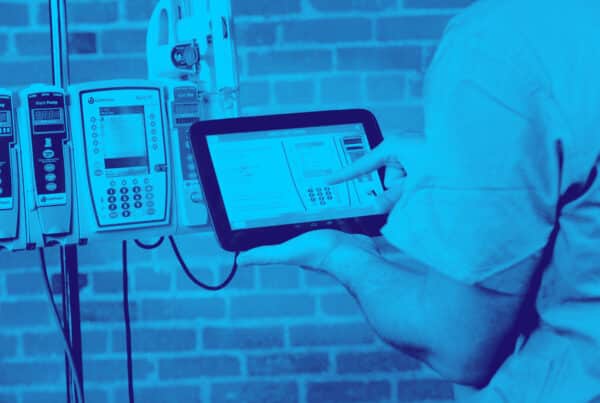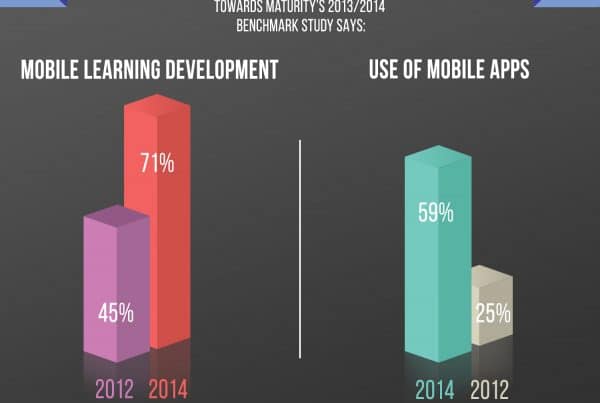Much has been written over the last decade about the usage of technology to enhance educational opportunities for students across the United States. The United Nations Educational, Scientific and Cultural Organization (UNESCO) has released a study showing that although there are impediments when it comes to faculty training and online safety, the benefits of mobile learning in terms of accessibility and targeting multiple learning styles outweigh any negative aspects.
The study cites data that shows 50 percent of children and 75 percent of teenagers own or have access to a newer-model cell phone. The majority of students use mobile devices every day. Therefore, they believe that mobile learning is a useful way to enhance classroom learning. Online and blended learning models are being implemented in classrooms across the United States as well. As of 2009, over 3 million US K-12 students participated in an online course, compared to 45,000 students in 2000.
For these students, mobile learning offers a gateway to the classroom from any location at any time. Students are able to learn at their own pace, which allows for customization of how they approach the subject. Students are able to return to the material as often as needed. Custom software development companies may be able to integrate apps for students with learning or physical disabilities. For instance, a digital reader can be added into the curriculum. Some argue that it may increase students’ confidence and build social skills that may be more difficult to encourage in face-to-face settings.
When it comes to mobile learning technologies in the classroom, schools have engaged in different models. School-funded devices ensure that all students are on level ground in terms of accessibility to mobile learning devices. This is seen as a way to increase equity in learning experiences, but it incurs the highest cost to schools. Some districts opt to split the cost of technology with families. In these cases, the school may provide the device, but parents rent them or pay for a subscription to the services.
Other districts provide access and learning software, but students provide their own devices. This facilitates learning because students usually know how to operate their own equipment, but those with outdated technology may suffer downgraded accessibility.
The largest hurdle to online learning seems to be a lack of preparedness for how technologies should be properly integrated and monitored in the classroom. Teachers need more paid training to learn how to prepare course content for apps and online functions, and they need to be successful at integrating strategies for supporting and evaluating student learning outcomes. Increasingly, educators need to consider the ways in which mobile learning can target social and skill-based development to prepare students to enter the technologically advanced workforce.
Mobile app development can help classrooms meet the changing demands of the 21st century. It is crucial that these experiences focus on educational goals and not rely on the assumption that because students are using mobile apps they are, in fact, learning something. Schools have to decide the best ways to ensure that the learning is focused and free of distractions. Educators may consider blocking time wasting apps and social media sites during class time.
Educators need to find solutions to possible negative consequences of mobile technology. Cheating can be facilitated via smartphone cameras or text messages. A rising trend called sexting, in which teenagers send each other sexually suggestive or explicit images or messages may occur. Further, online bullying and harassment could be increased, which can have extremely negative consequences. Schools need to implement and enforce a strict policy of the usage of technologies and online environments. Further, better monitoring systems and net security can be put in place for classroom environments to increase safety and ensure that the benefits of mobile learning are positive.
Contact Stacey Burris at sburris@csesoftware.com or 1.309.670.7595 and ask for a mobile learning demo today!



